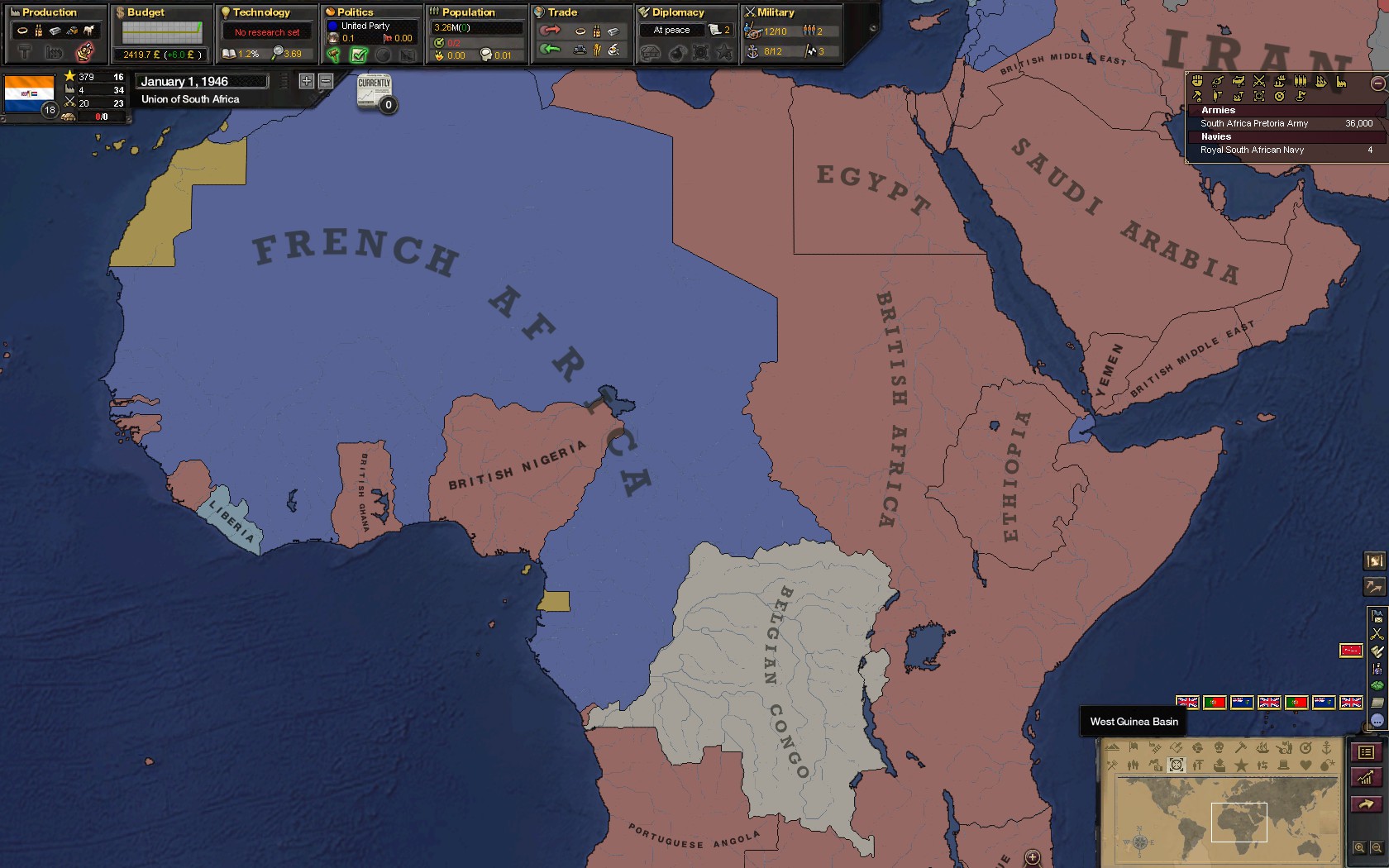

On top of this the Soviets seldom threw hard ware away and tended to backload it to lower readiness units in less critical sectors or provide it to client states in Africa and the Middle East. This offers considerable flexibility in the type of force deployed in any game. in dealing with the Soviet Army it is always worth remembering that such a vast organisation changed quite slowly and whilst units in GSFG were armed with the latest equipment units in different readiness categories elsewhere continued to deploy older and or cheaper versions of key equipments for a considerable time, this could be as long as 10s of years. The intent of these posts is to articulate the impact of these to identify what can be fielded in the 1980s in order to create scenarios that would have been historically feasible. The factors that affect the composition of the wargames force based on the Soviet Tank or Motor Rifle Regiment are location, base organisation, equipment change and task organisation which in the soviet force was governed by the Echelon system as well as factors such as march security. Currently my concept of the cold war ends in 1993 with the withdrawal of the forward deployed groups of forces by the Russians. Equipment change was however quite dramatic as the cold war arms race heated up in the final years of the cold war just prior to the collapse of the soviet union in 1991. The Soviet Motor Rifle (MRR) and Tank Regiment (TR) in the 1980s had a broadly stable organisational structure with little significant structural change.


 0 kommentar(er)
0 kommentar(er)
